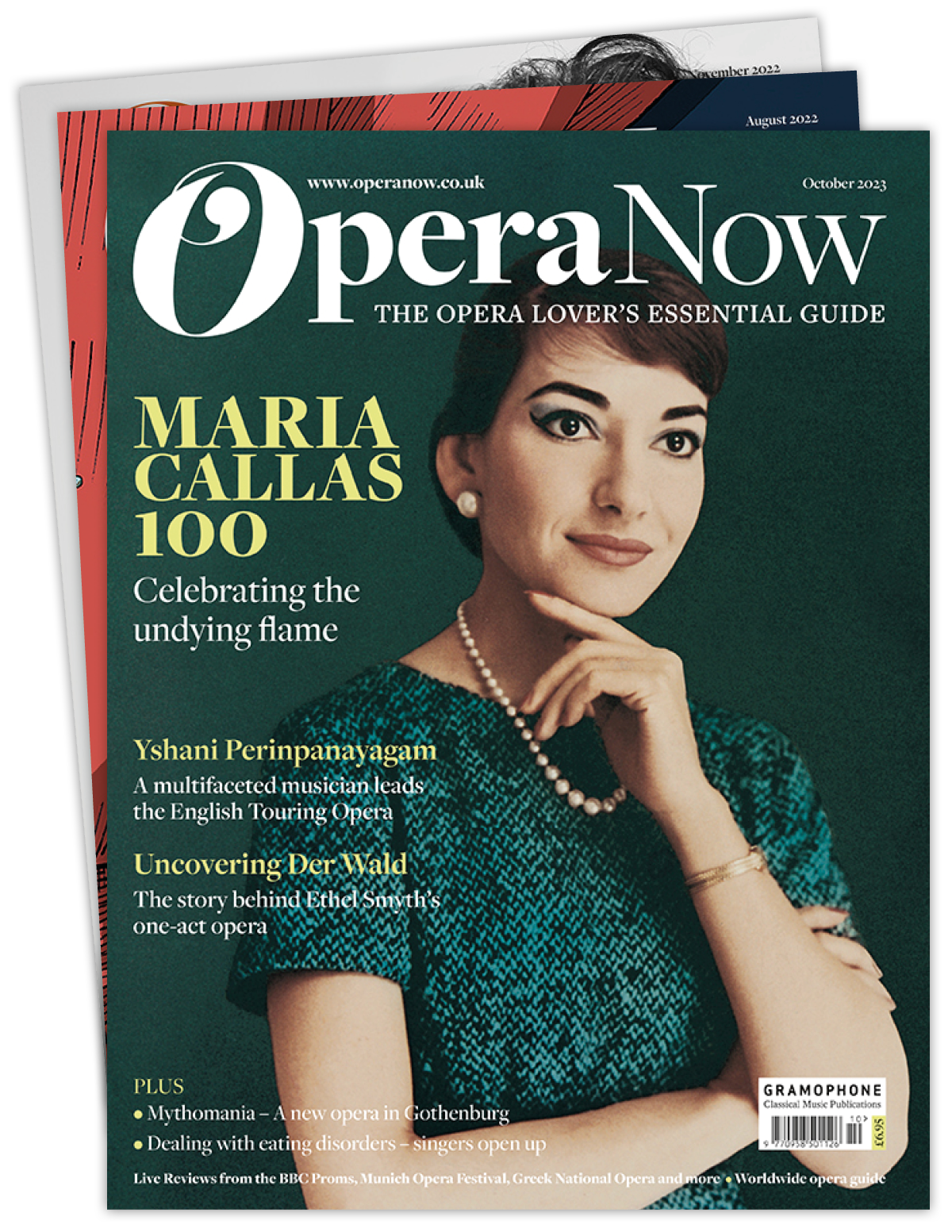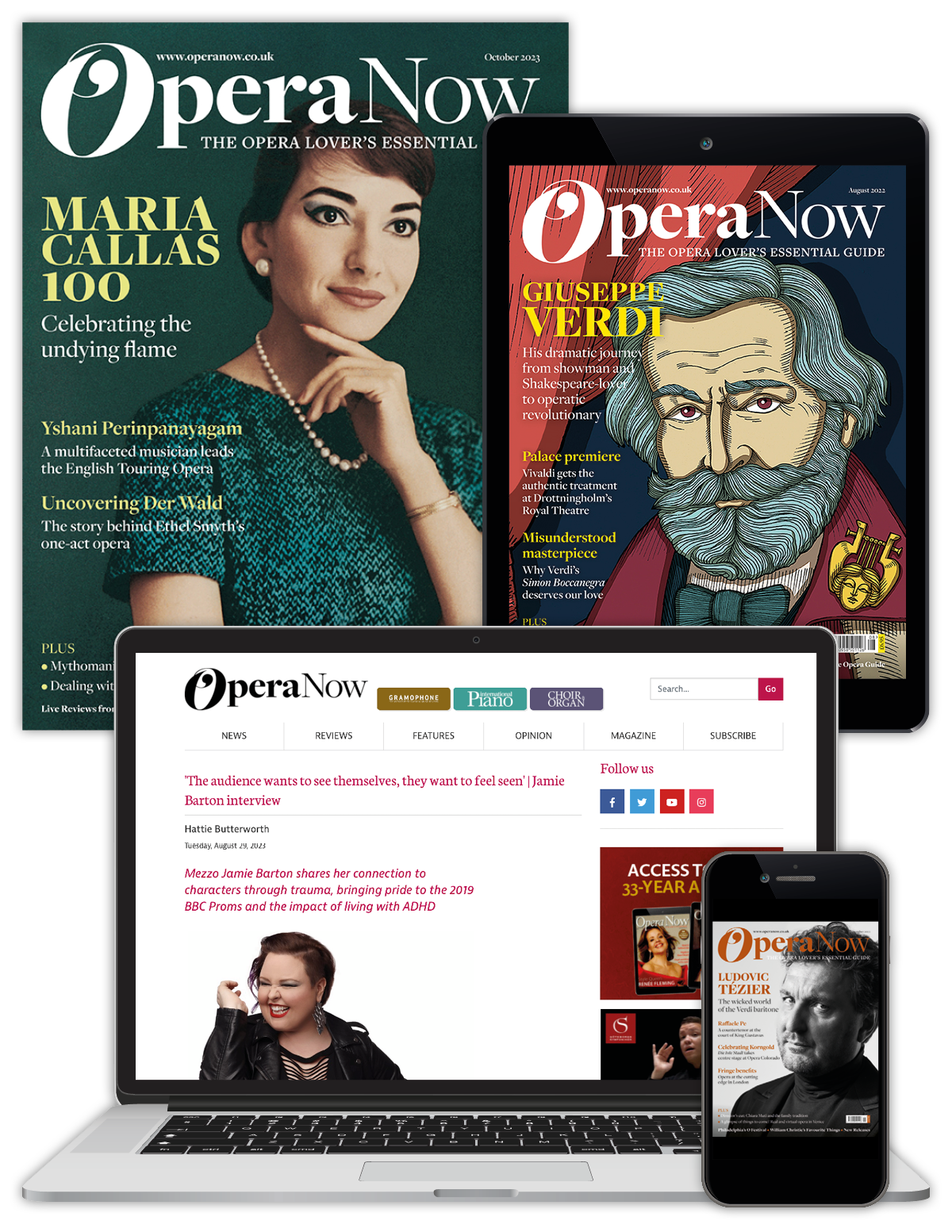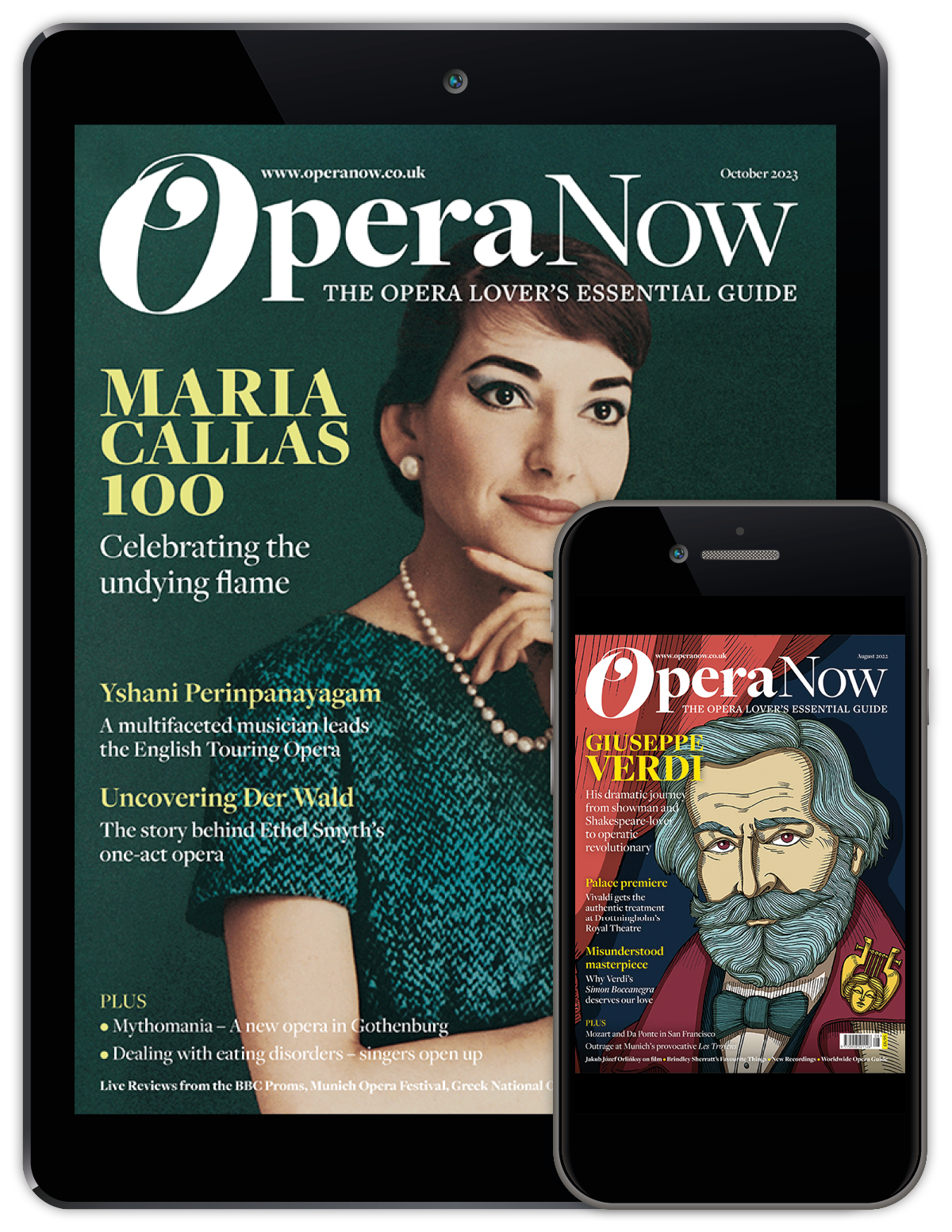Bushra El Turk: Woman at Point Zero at ROH Linbury Theatre | Live Review
Owen Mortimer
Monday, July 3, 2023
Emotional and beguiling: committed performances illuminated Bushra El-Turk's opera on female suffering
****

Carla Nahadi Babelegoto as SAMA and Dima Orsho as FATMA © Camilla Greenwell
This powerful new opera by the British-Lebanese composer Bushra El-Turk tells a harrowing tale of female suffering, defiance and empowerment. Based on the bestselling 1977 novel of the same name by Egyptian feminist writer Nawal El-Sadaawi, Woman at Point Zero is a production by Ghent’s LOD muziektheater that received its world premiere at the 2022 Aix-en-Provence Festival. Its UK premiere is the centrepiece of this year’s Royal Opera House Engender Festival, which showcases work by women and non-binary people.
El-Turk’s hour-long score comes to life through a slick multimedia production by Egyptian director Laila Soliman. Their combination of live performance with video footage and audio recordings transports the audience to the claustrophobic setting of an Egyptian women’s prison. Scenographer Bissane Al Charif’s dark, minimalist set is complemented by chiaroscuro lighting (Loes Schakenbos) and simple costumes in muted colours (Eli Verkeyn).
The story is presented as a frank and emotionally charged dialogue between two characters: documentary-maker Sama (Carla Nahadi Babelegoto) and former sex worker Fatma (Dima Orsho), who has been imprisoned for murdering her violent pimp. Their conversation, drawn from El-Sadaawi’s novel, is punctuated by fragments of interviews with real-life women prisoners.
'The text reigns supreme': Dima Orsho as FATMA
El-Turk specialises in integrating music from diverse cultural traditions, often with surprising results. This score is no exception and features an extraordinary line-up of instruments from around the world: traditional flutes from the Balkans, Slovakia and Korea, medieval reeds from Germany, Armenia and Japan, Persia’s bowed kamancha, the cello and a button accordion. This unique palette allows for some fascinating sonic combinations that run the gamut from slowly shifting cluster harmonies to passages of beguiling rhythmic complexity. Fragmentary melodies rise to the surface and are passed around before being subsumed by the next new idea. ‘I am questioning what is perceived as fixed or fluid,’ writes El-Turk, ‘fostering freedom within both written and improvised sections.’
Against this kaleidoscopic backdrop, Orsho and Babelegoto delivered the bulk of Stacy Hardy’s libretto as spoken lines, only crossing into song to mark moments of heightened emotion. This left the instrumentalists, seated alongside the singers, to supply the work’s emotional narrative. Yet the fragmentary nature of the score meant it functions more like a soundtrack than an intrinsic element of the story. Instead, it is the text that reigns supreme, driven by the technological wizardry of the production.
Everyone gave deeply committed performances. The protagonists’ strong acting helped compensate for their lack of musical characterisation, while the complexities of the score were navigated with virtuoso aplomb by conductor Kanaka Abe. Perhaps most impressive of all was the seamless interaction of live and recorded elements, controlled from the keyboard by Samir Bendimered. For despite the hard-hitting substance of El-Sadaawi’s celebrated story, it is Aida Elkashef’s documentary audio recordings of brutalised women prisoners that leave the deepest impact – underscoring the fact that the world still has a long way to go to achieve gender parity.






